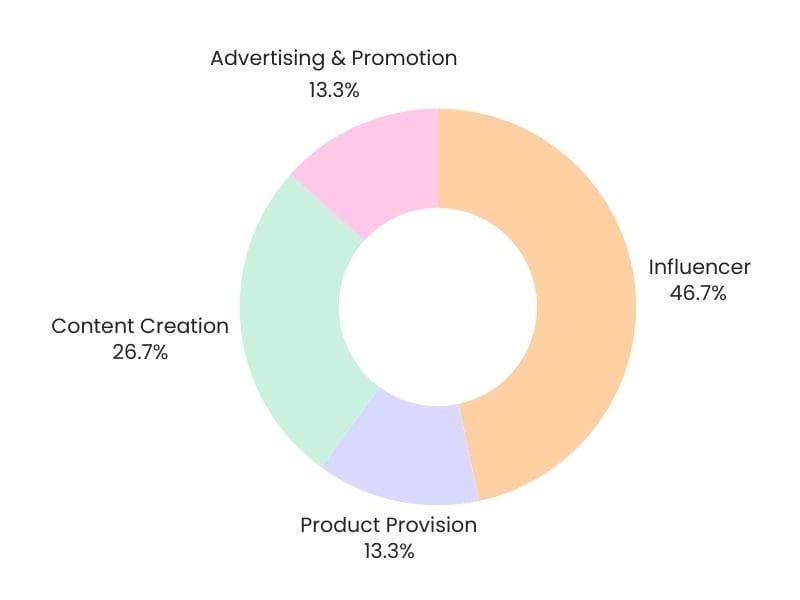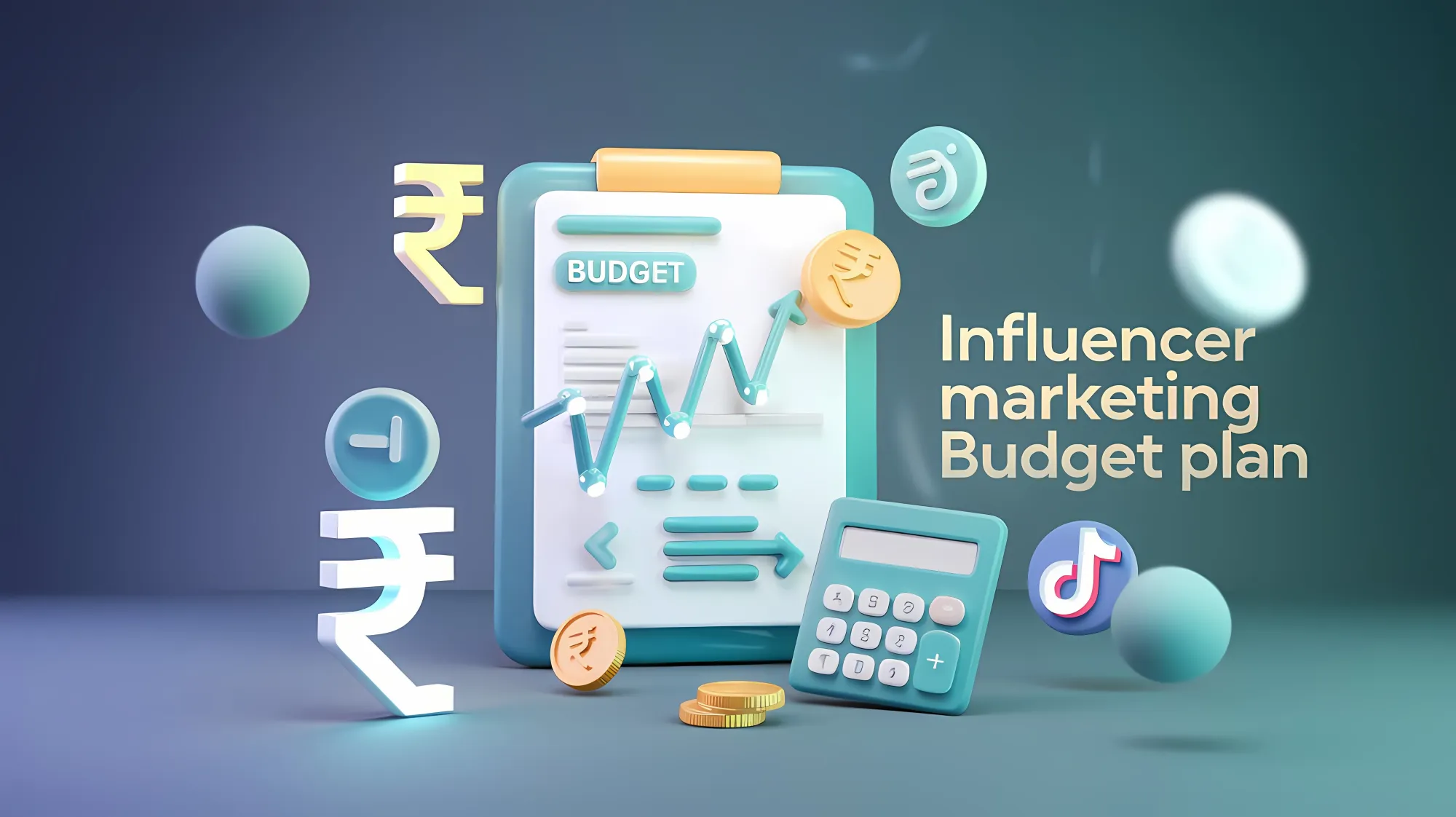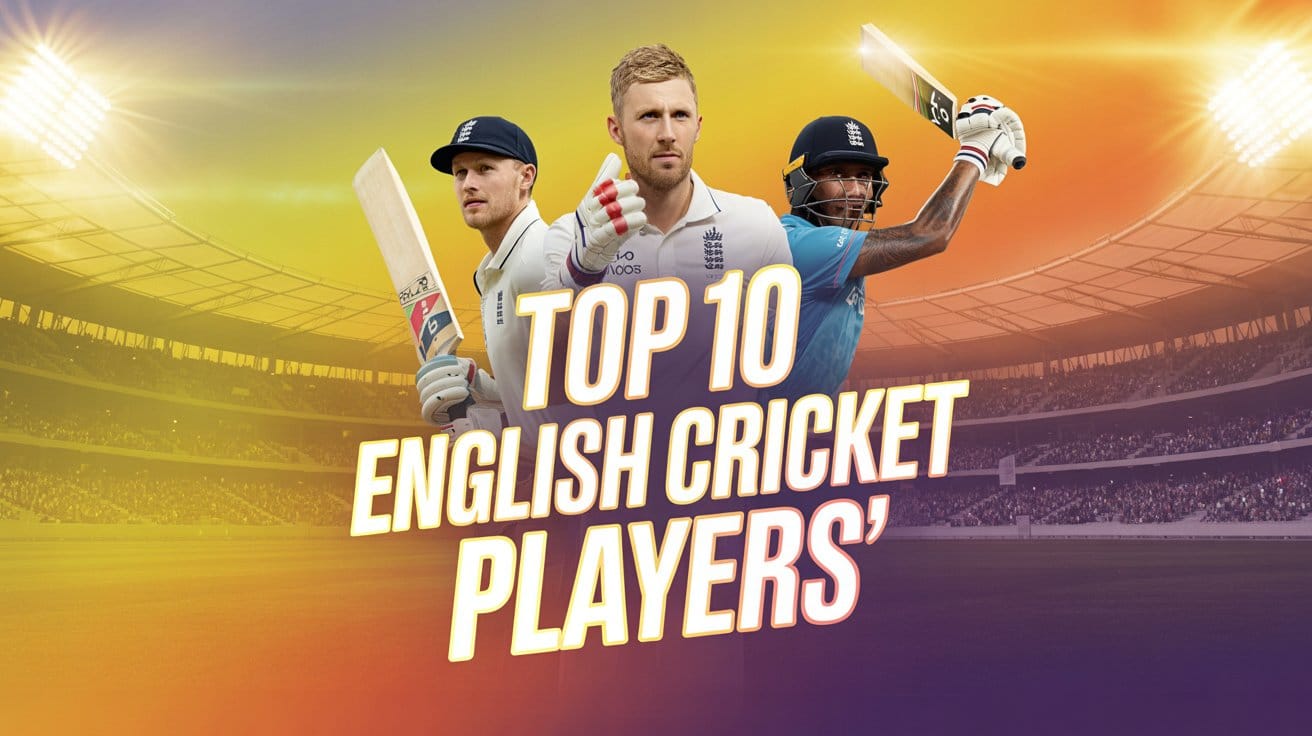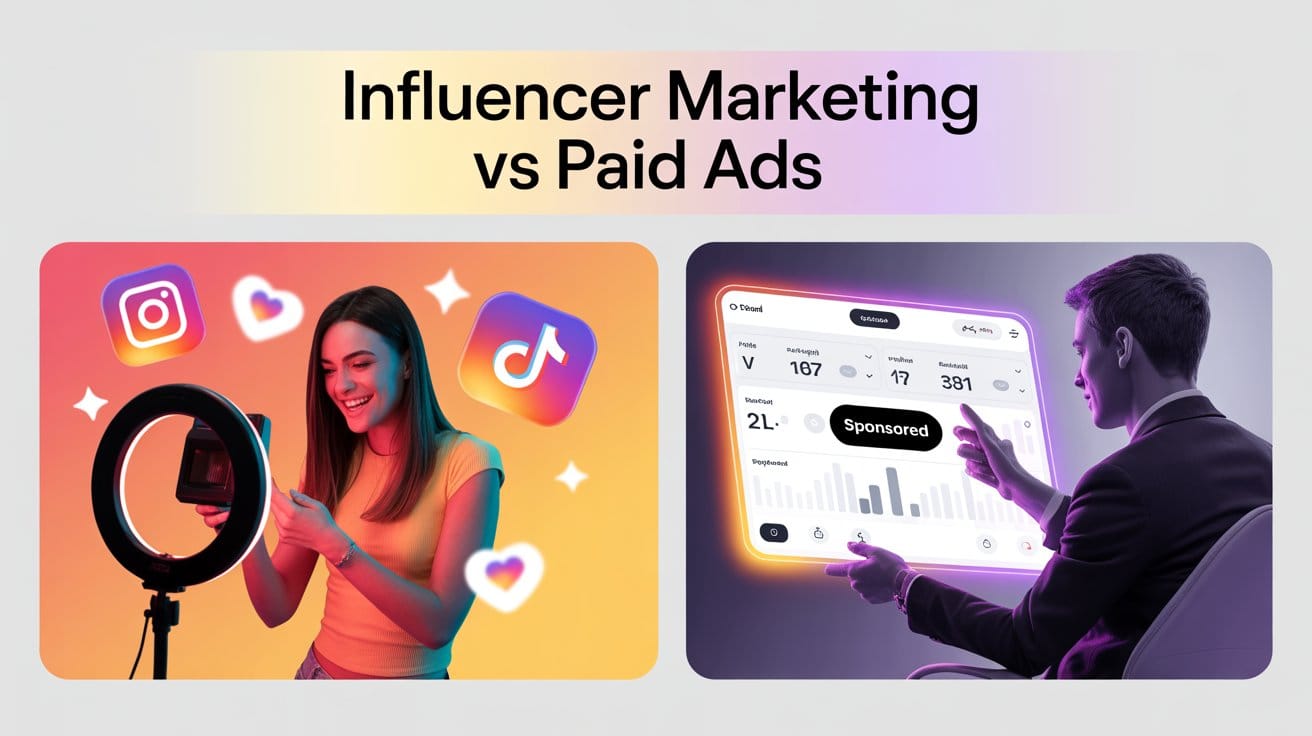Influencer marketing has become a powerhouse in India, helping brands connect with diverse audiences, drive engagement, and boost credibility. But here’s the catch: without a well-planned budget, influencer marketing costs can get out of hand quickly. So, how can you maximize every rupee and make sure your investment actually works? This guide will walk you through how to plan an influencer marketing budget step-by-step, from understanding typical fees to strategically allocating funds for maximum impact.
1. 🎯 Start with Clear Campaign Goals
Before even thinking about numbers, get clear on what you want to achieve. Are you aiming for brand awareness, generating leads, driving sales, or building a loyal social media following? Your goals will shape how much you should budget for influencer campaigns because each objective may require different types of influencers and content.
Questions to Guide Your Budget:
- 🤔 Are you looking for short-term engagement or a long-term brand-building strategy?
- 📱 Which platforms will work best for your target audience in India, like Instagram, YouTube, or even ShareChat?
- 📊 What specific outcomes will you use to measure success, like engagement, reach, or conversions?
Knowing your objectives will make it easier to decide how to allocate a budget for influencer partnerships that directly support your brand’s growth.

2. 💰 Understand Influencer Marketing Costs in India
Influencer costs in India can vary significantly based on factors like follower count, content type, and platform. This range of costs helps you set realistic expectations and plan effectively. Curious about what the average cost of influencer marketing looks like in India? Here’s a quick breakdown to help you get started.
Typical Influencer Tiers and Their Costs:
- 🌱 Nano-Influencers (1K-10K followers): ₹500 - ₹5,000 per post. These influencers work well for niche audiences and tend to have high engagement rates.
- 👩💼 Micro-Influencers (10K-100K followers): ₹5,000 - ₹25,000 per post. Known for their loyal follower base, they’re perfect for reaching targeted segments.
- 🎤 Macro-Influencers (100K-1M followers): ₹25,000 - ₹2,00,000 per post. Ideal for a broad reach, these influencers help elevate brand visibility.
- 🌟 Mega-Influencers (1M+ followers): ₹2,00,000+ per post. Best suited for large-scale campaigns focused on high visibility but come with a premium price.
Platform-Specific Costs:
- 📸 Instagram and YouTube are popular platforms for Indian audiences, but costs differ. Instagram Stories and Reels tend to be more budget-friendly and provide quick engagement, while YouTube commands higher rates due to production value. Choose platforms based on factors that affect influencer marketing costs like your content style, audience preferences, and engagement goals.
3. 💡 Allocate Budget Based on Content Type
Content type directly influences your influencer marketing pricing strategy. Every format has unique costs, so align your budget based on the content that will work best for your specific goals.
Common Content Types and Their Costs:
- 📸 Sponsored Posts: Affordable and effective for simple promotions.
- 🎥 Stories and Reels: Great for engagement; budget-friendly but have a shorter lifespan.
- 📹 YouTube Videos: Higher costs due to production but ideal for detailed product reviews or tutorials.
- 📝 Blog Posts: Valuable for long-term SEO and brand credibility; pricing depends on word count and topic depth.
- 🎤 Live Streams: Perfect for direct engagement like product launches; costs vary based on duration and influencer.
Planning your budget based on these content types ensures you’re investing in formats that support your campaign goals while maximizing your reach.
4. 📊 Consider Influencer Quality and Engagement
Sure, follower count matters, but engagement and content quality are often more valuable. Influencers who connect authentically with their audience tend to deliver better results, so consider factors that affect influencer marketing costs beyond just follower numbers.
Key Qualities to Look For:
- ❤️ Engagement Rates: High likes, comments, and shares indicate genuine audience interest.
- 🌎 Audience Demographics: Ensure their followers align with your brand’s target demographic, whether urban, regional, or specific by interest.
- 🎨 Content Quality: While higher-quality content may come at a premium, it’s often worth it for the professionalism and polish it brings to your brand.
Prioritizing influencers who bring high engagement and quality content ensures your budget is well-spent.
5. 💼 Account for Additional Campaign Costs
Setting a budget for influencer marketing isn’t just about paying influencers. There are often other expenses, like content creation, product shipping, and ad spend, that need to be factored in.
Additional Costs to Include in Your Budget:
- 🎬 Content Creation and Editing: Some influencers may need support with video editing or high-quality visuals.
- 💵 Ad Spend for Amplification: Consider boosting influencer posts or running ads featuring influencer content to extend reach.
- 🚚 Shipping and Product Samples: Account for shipping costs if you’re sending products to influencers across India.
- 🎁 Giveaways and Incentives: Many brands find giveaways helpful for reaching audiences but remember to budget for prizes and shipping.
Including these extra costs helps you prepare a comprehensive budget that covers every aspect of your campaign.
6. 🗓️ Distribute Your Budget Across Campaign Phases
Effective influencer campaigns often have phases—such as teaser, launch, and follow-up. Allocating a budget to each phase keeps your campaign fresh and ensures continued engagement.
Suggested Budget Distribution for Different Phases:
- 🎉 Teaser Phase (20%): Build excitement and anticipation before the main launch.
- 🚀 Launch Phase (50%): Allocate most of your budget here to make a significant impact.
- 🔄 Follow-Up Phase (30%): Reinforce your message post-launch to keep interest high and drive conversions.
Distributing your budget across phases ensures that your audience remains engaged from pre-launch to sustained interest.
7. 💸 Set Aside a Contingency Budget
Influencer campaigns can sometimes throw curveballs. Last-minute platform changes, added content needs, or influencer availability can impact your budget, so it’s smart to have a contingency fund.
Best Practices for a Contingency Budget:
- 📉 Set aside 10-15% of your total budget as a buffer.
- ⚡ Use it for unexpected boosts, added content, or any additional influencer collaborations that arise during the campaign.
A contingency budget gives you the flexibility to adapt to changes without straining your overall campaign budget.
8. 📈 Measure ROI and Optimize Future Campaigns
An effective budget is not just about spending but about tracking performance. Measure your results to see what’s working, and make adjustments for future campaigns. Metrics like engagement rates, conversions, and customer acquisition costs provide insight into your ROI.
Key Metrics to Track for ROI:
- ❤️ Engagement Rate: Measures audience interest through likes, comments, shares, and saves.
- 🛍️ Conversions and Sales: Tracks purchases or sign-ups directly attributed to the campaign.
- 💡 Cost per Engagement (CPE): Helps understand cost-efficiency by dividing total costs by the number of engagements.
- 🧑🤝🧑 Customer Acquisition Cost (CAC): Shows the expense of acquiring new customers through influencer campaigns.
Analyzing these metrics will help you fine-tune your influencer marketing pricing strategy and make data-driven decisions for future campaigns.
Conclusion
Creating an effective influencer marketing budget for the Indian market requires understanding costs, setting clear goals, and strategically allocating funds across campaign phases. By following these steps, including a contingency budget and tracking ROI, you’ll maximize your investment and get the most out of every rupee spent. Remember, influencer marketing is an investment in your brand’s growth, and a thoughtful budget will help you get the best possible returns.
Frequently Asked Questions
What is the average cost of influencer marketing in India?
Costs vary widely, from ₹500 per post for nano-influencers to ₹2,00,000+ for mega-influencers, depending on factors like audience size and platform.
How much should I budget for influencer campaigns?
Budget according to your goals and platform needs. Include influencer fees, content creation, ad amplification, and a contingency fund for complete coverage.
What factors affect influencer marketing costs?
Costs are influenced by factors like influencer tier, platform, content type, and engagement rate. Regional targeting, campaign duration, and audience demographics also impact pricing.
How to allocate budget for influencer partnerships?
Distribute budget across influencer experience, content quality, and campaign phases (teaser, launch, follow-up) to maintain audience engagement and maximize results.














